Quali pneumatici sono migliori: stretta o larghezza?
Per quasi un secolo, i ciclisti hanno saputo che gli pneumatici più stretti rotolavano più velocemente. Alcuni hanno riconosciuto che, in teoria, gli pneumatici più larghi sono più veloci grazie alla loro minore superficie di contatto, che si deforma con il rotolamento della bici. Ma si pensava che, in pratica, la pressione inferiore a cui gli pneumatici più larghi giravano ne limitasse le prestazioni. Se si vuole andare veloci, si scelgono pneumatici stretti. Quindi, la domanda sorge spontanea: gli pneumatici stretti o larghi sono più veloci in bicicletta?

I nostri esperti ADO hanno testato la bici su strade reali con un ciclista in sella e hanno scoperto che l'aumento delle vibrazioni degli pneumatici più stretti causava perdite di energia che compensavano i guadagni derivanti dalla ridotta flessibilità. Queste perdite di energia dovute alle sospensioni vengono assorbite principalmente dal corpo del ciclista.
Più velocemente pedaliamo, maggiore è la frequenza con cui la nostra bici vibra, perché i nostri pneumatici incontrano le asperità della strada a velocità maggiori. Tuttavia, pneumatici più stretti aumentano anche la frequenza delle vibrazioni che trasmettono. In generale, una bici con pneumatici stretti sembra più veloce, sebbene possa anche essere più lenta. Al contrario, pneumatici più larghi vibrano meno e quindi risultano lenti alla maggior parte dei ciclisti.
Pneumatici stretti o larghi su una bici? Cosa significa questo per noi ciclisti? Che possiamo scegliere liberamente la larghezza dei nostri pneumatici senza doverci preoccupare delle prestazioni. Naturalmente, questo non significa che uno pneumatico da turismo largo abbia le stesse prestazioni di uno pneumatico da corsa stretto. La carcassa determina il 95% della velocità di uno pneumatico da strada. Per ottenere buone prestazioni, è necessaria una carcassa flessibile e ad alte prestazioni. (L'altro 5% dipende dallo spessore del battistrada.)
In sintesi, la larghezza degli pneumatici influisce sulla guida, ma non sulla velocità. Se si misura la sensazione di velocità di una bici da corsa a contatto con la strada, si dovrebbero scegliere pneumatici più stretti. Se si desidera una maggiore aderenza in curva e la capacità di andare veloci anche su strade sconnesse, si consigliano pneumatici più larghi (come A20F+ ).


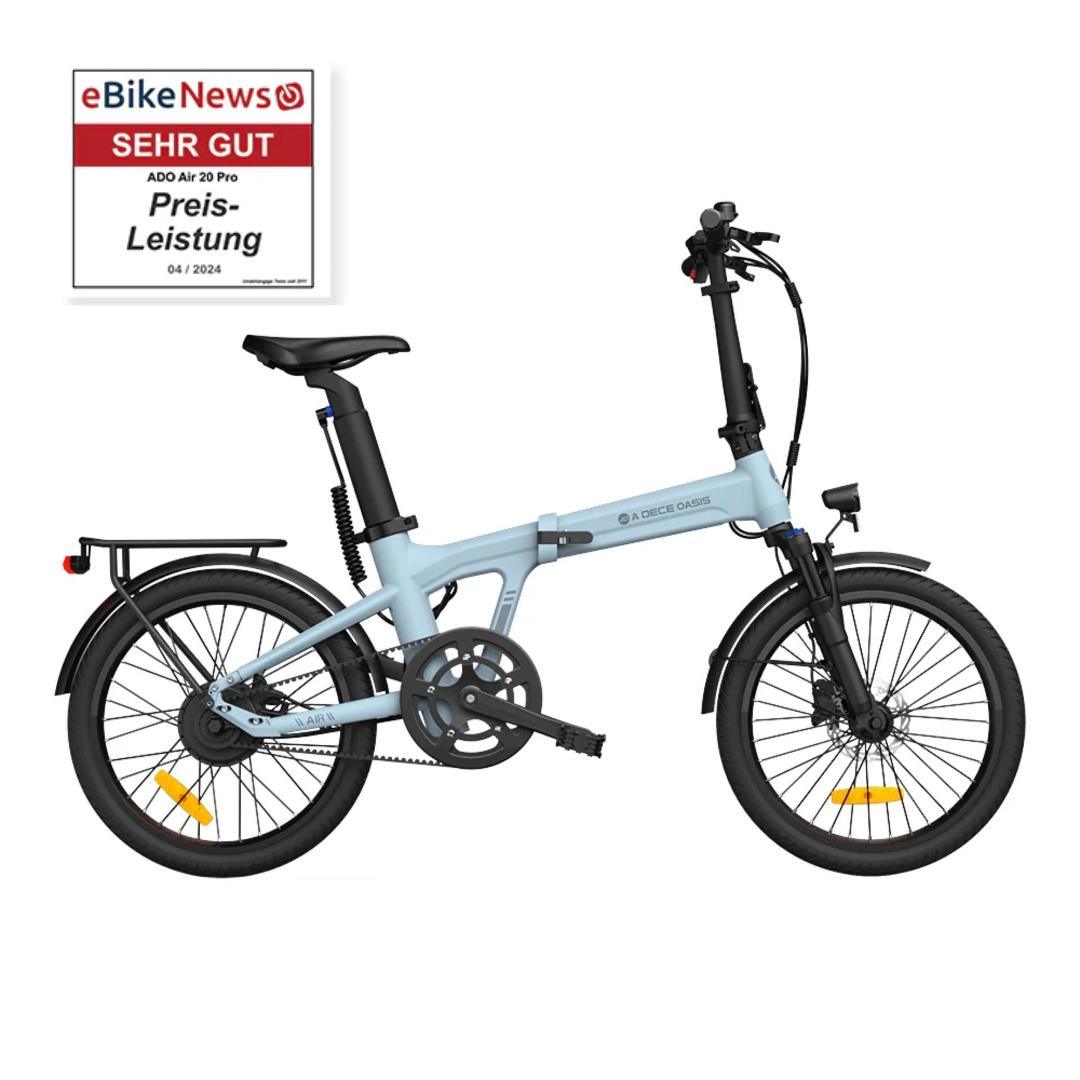
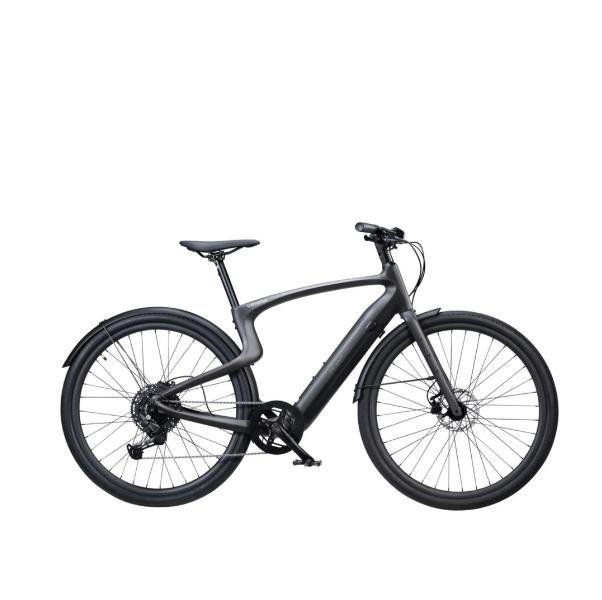
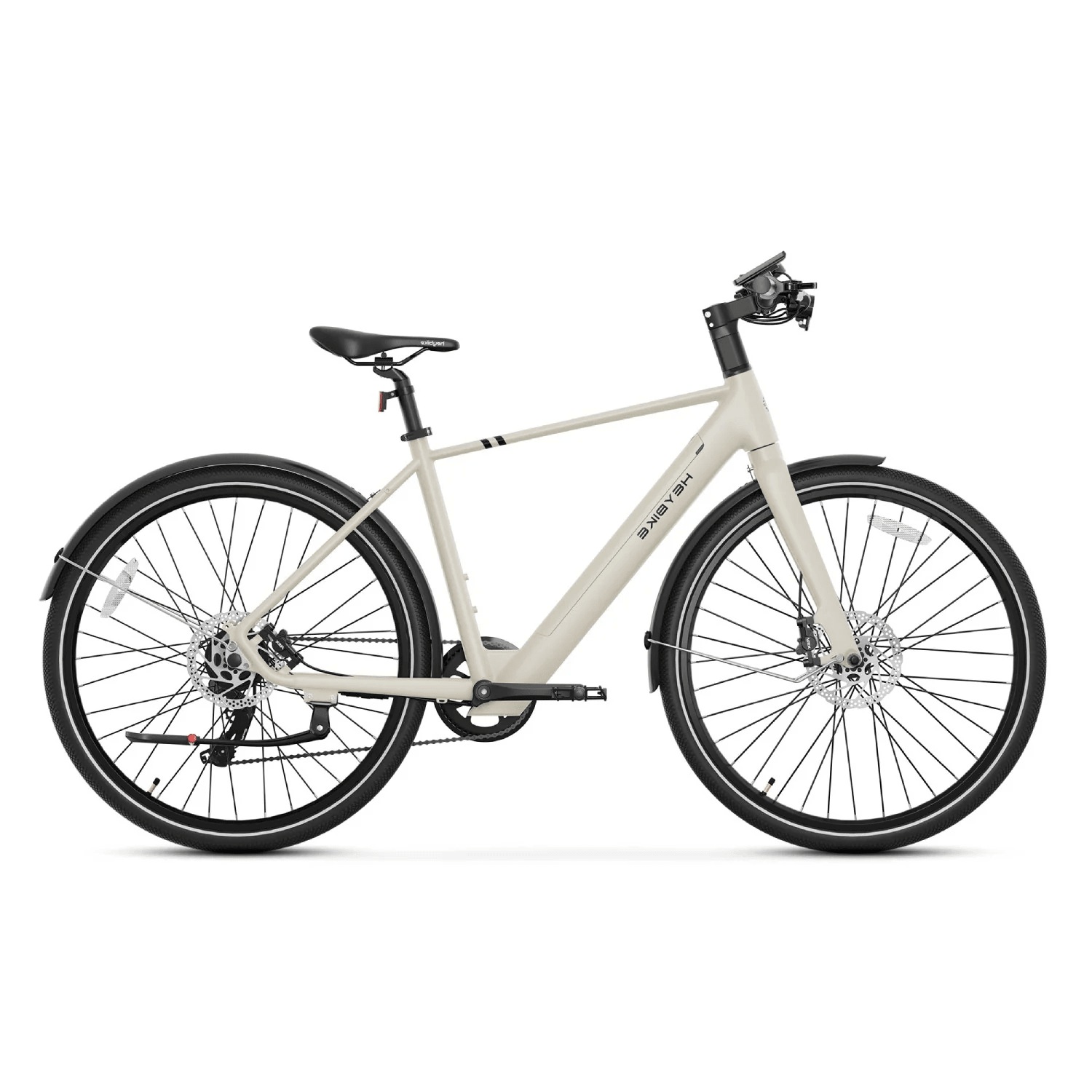
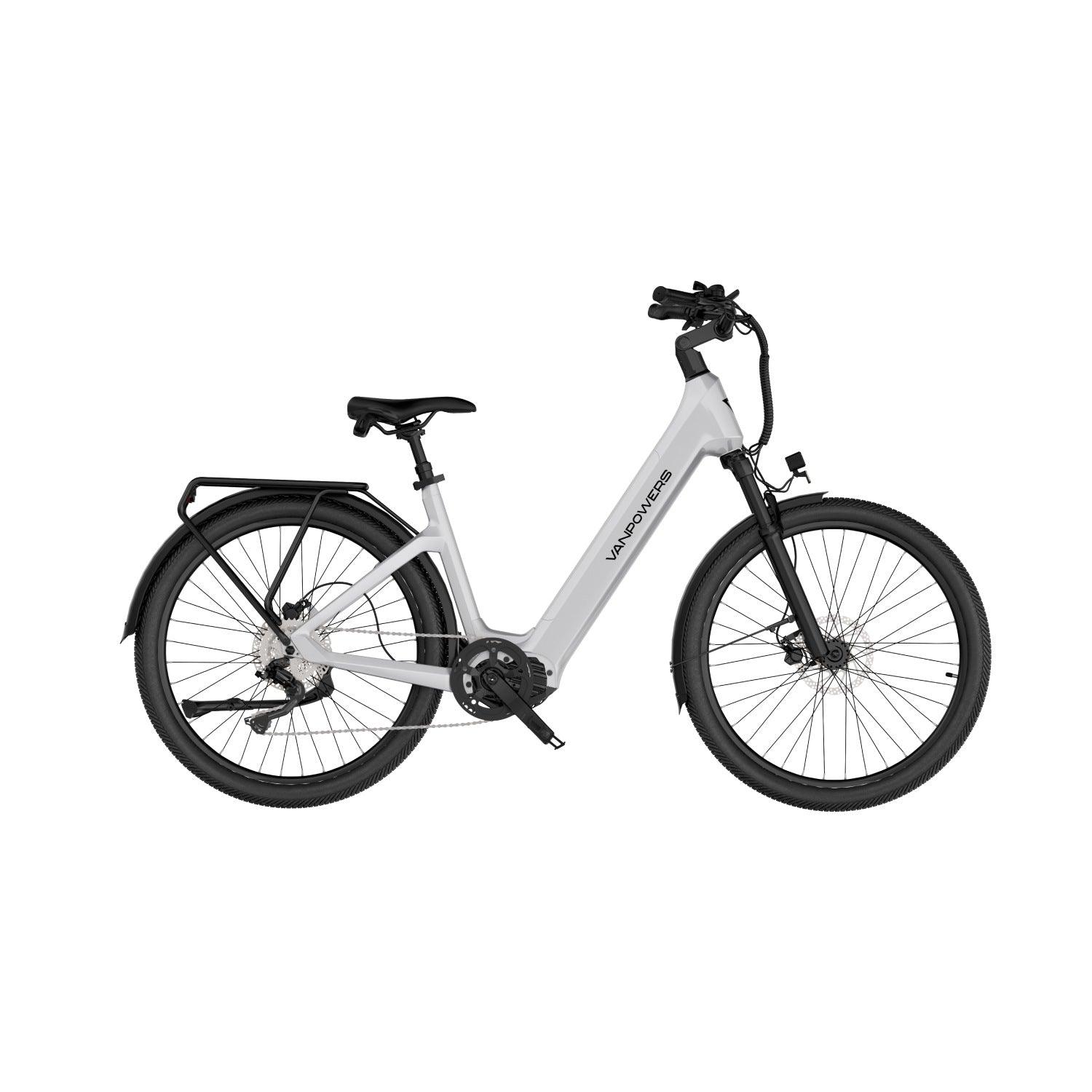
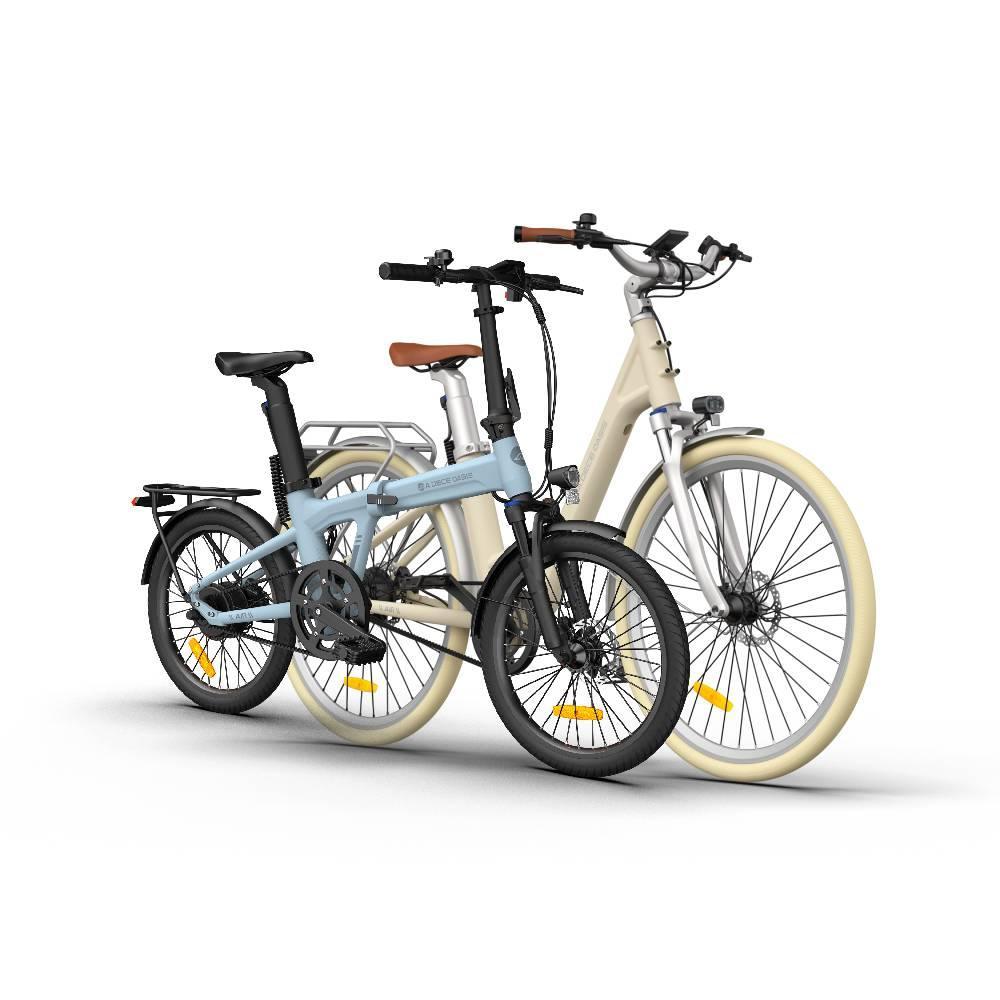



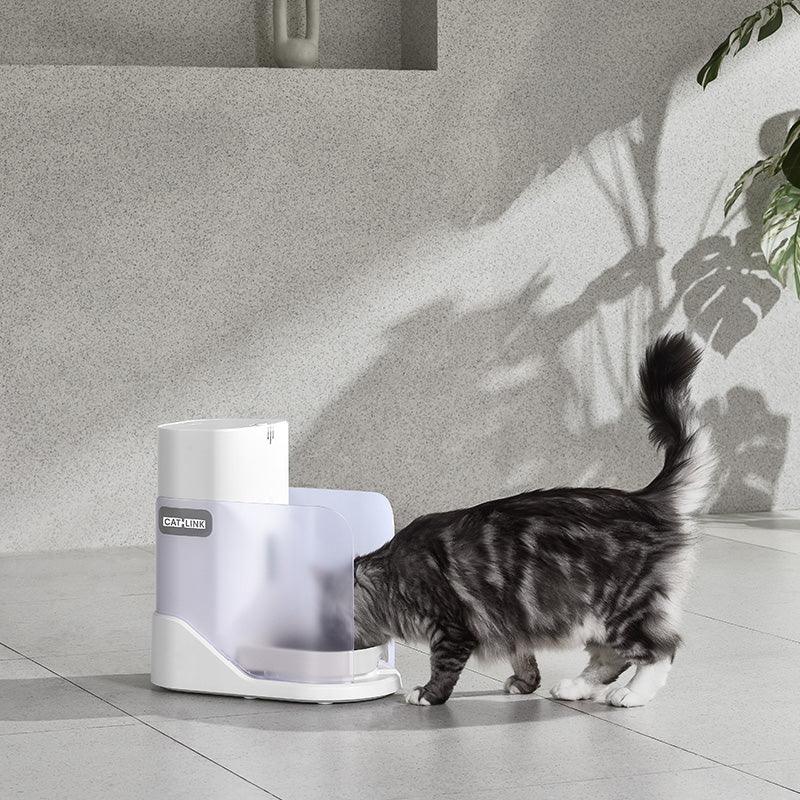


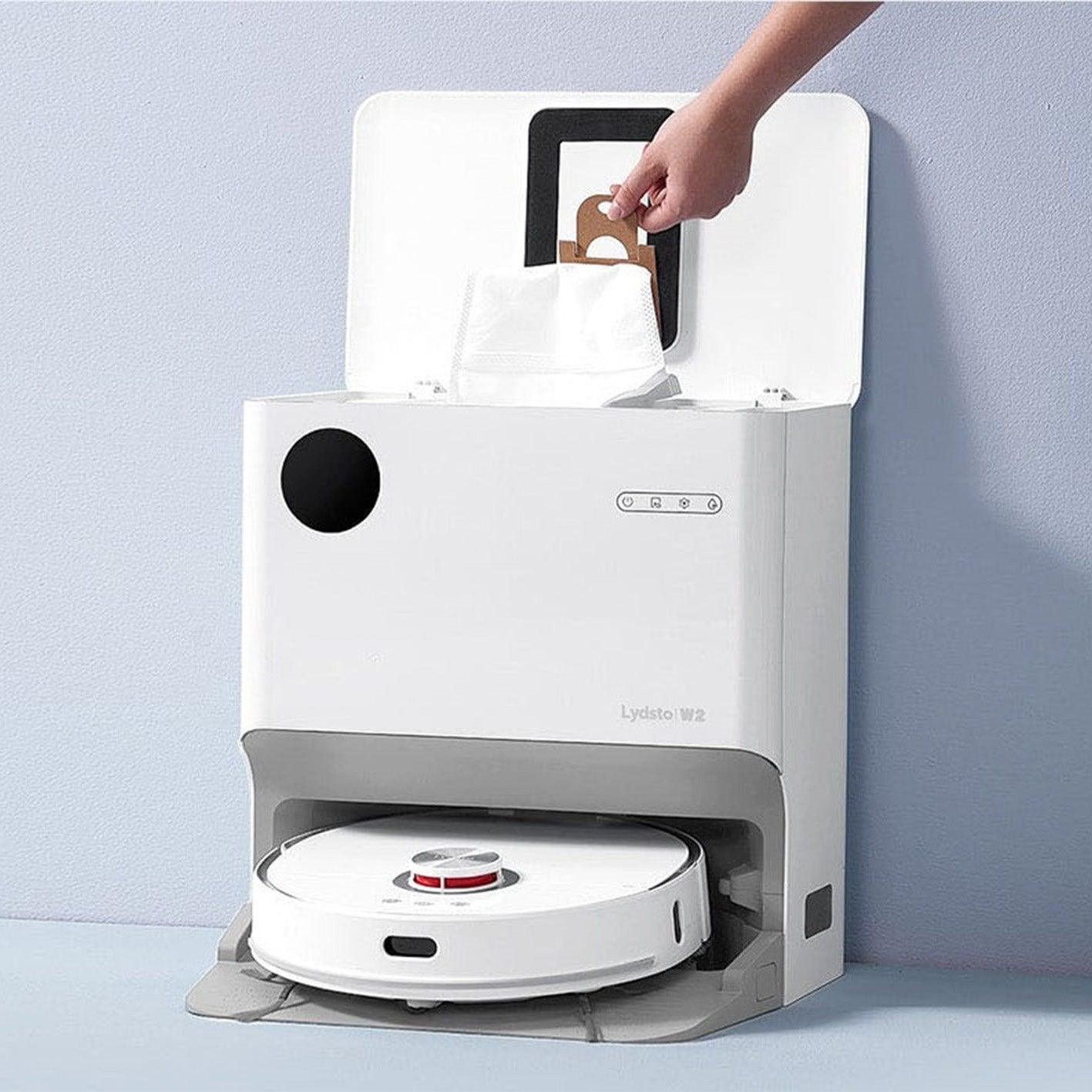
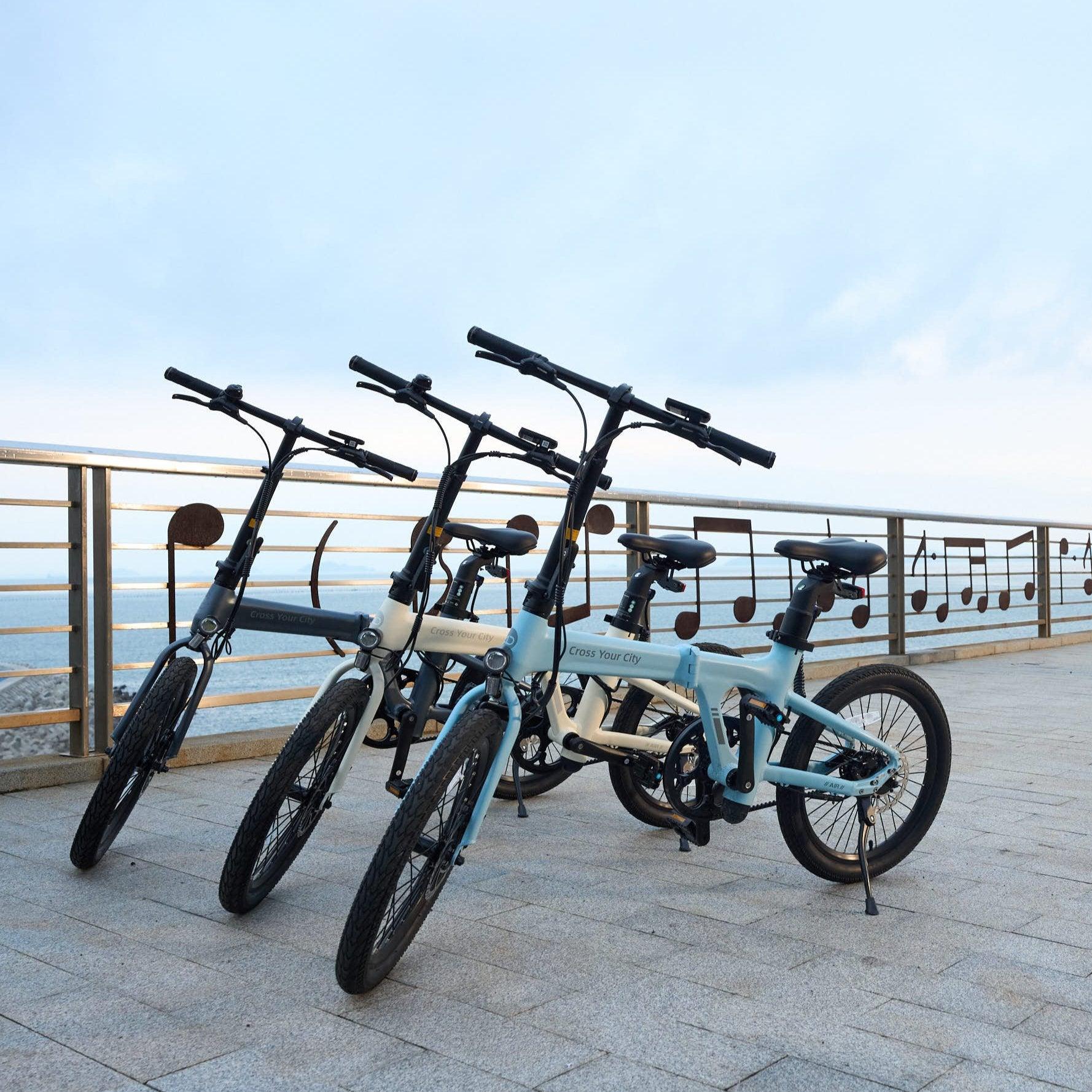





Lascia un commento